One of the fears among potential EV drivers is range anxiety – the fear that their car will run out of charge in the middle of a trip. While that scenario is highly unlikely, there’s absolutely no chance that charging a phone in an EV will have any impact on its range or battery. In fact, a car’s touchscreen display uses more power than charging a phone.
For those who are not convinced, let’s do some maths.

Consider a current Tesla Model 3 which has a 350-volt system with a 60kWh (50,000Wh) battery pack (57.5kWh usable) and a conservative average of 230 miles driving range (around 250Wh per mile). Compare that to an iPhone 12, which has a 3.8-volt system and a 2,815mAh battery pack, which for simplicity’s sake, translates to 10.7Wh.
[Ah * V = Wh è 2.82 * 3.8 = 10.72]
Straight away, one can notice how much bigger physically the Tesla’s 57,500Wh battery pack is compared to an iPhone12’s 10.7Wh. This is also quite obvious given the size of an iPhone’s battery and a Tesla’s, which takes up the entire floor of the car.
However, the difference between the two batteries is a lot larger than one would imagine. If we compare the two battery packs, and divide Tesla’s 57,500Wh by iPhone 12’s 10.7Wh, we get 5,374 (57,500/10.7), which means you can charge an iPhone 12 nearly 5,400 times from 0 to 100% from a Tesla Model 3’s battery.
To further understand the kind of effect charging a phone can have on overall EV battery usage, let’s examine the number of times an iPhone must be charged in a Tesla Model 3 to see a 1% drop in the car’s battery.
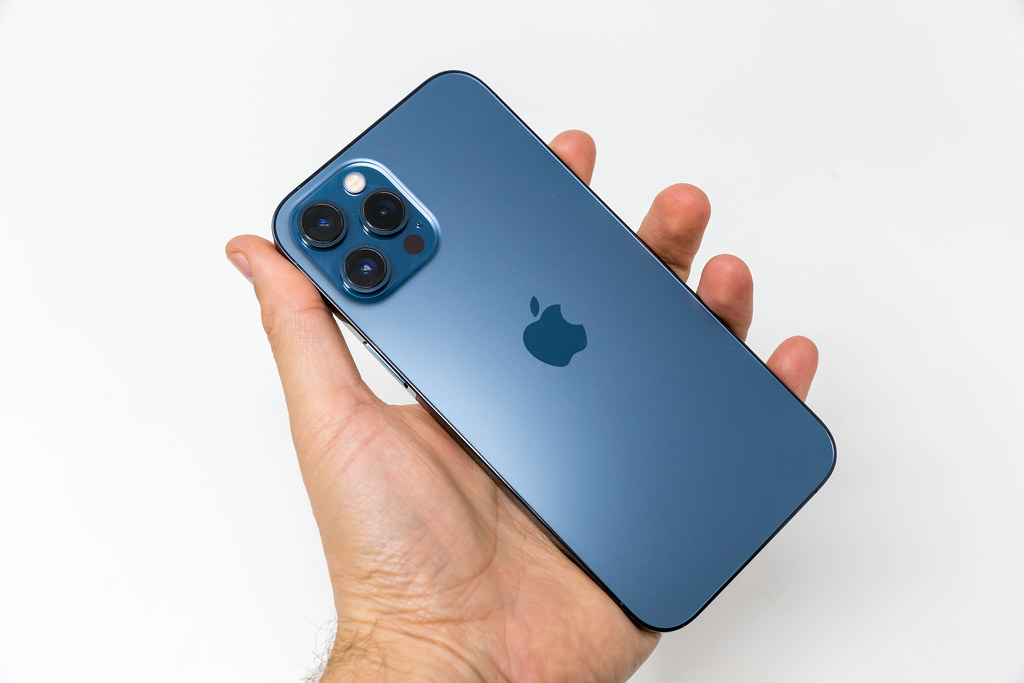
Using 1% of a 57.5kWh battery pack would be 575Wh. If we divide that by iPhone12’s 10.7Wh, we get 54 (575/10.7). So, an iPhone 12 can be charged over 54 times for the Tesla’s battery to drop by 1%. Put another way, to charge an iPhone 12 from 0 to 100%, it will consume 0.02% (1/54) of a Tesla Model 3’s battery, which is not even a noticeable amount.
Translating that into miles and based on an average range of 250Wh per mile, an iPhone 12 can be charged almost 24 times (250/10.7) with the amount of energy it takes to drive one mile. This means that a Tesla Model 3 would lose about 0.042 miles of driving range every time an iPhone12 is charged from 0 to 100 per cent.
Although the average driving range would vary from driver to driver and depends on several factors, with a conservative average of 250Wh per mile, charging a dead phone to 100% in an EV, a driver will lose about 218 feet of driving range, which is less than a football field.
Therefore, it seems fair to conclude that the draw of power to charge a phone is so small that it has no significant impact on an electric vehicle’s battery range.

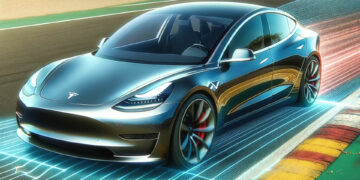
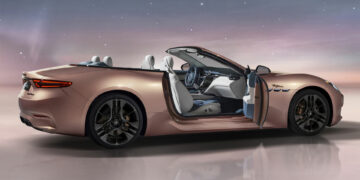

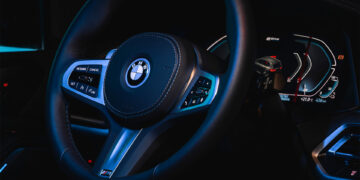

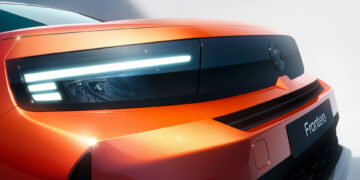

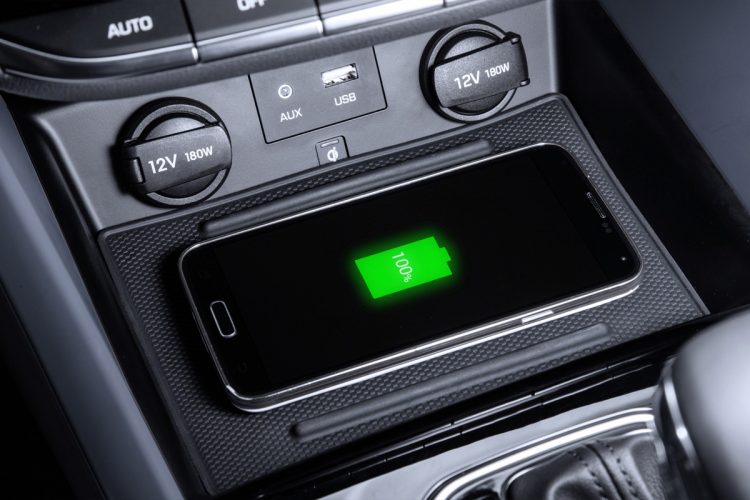






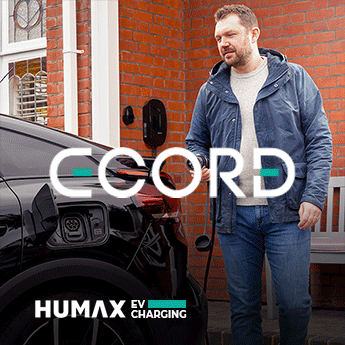




Discussion about this post